Ben Jones discovers two of Britain’s least-known locomotives, built in the 1950s for a pioneering nuclear power station and now quarantined awaiting decontamination and disposal.
In this article:
Ben Jones discovers two of Britain’s least-known locomotives, built in the 1950s for a pioneering nuclear power station and now quarantined awaiting decontamination and disposal.
In this article:
- Ruston & Hornsby made small, versatile locomotives, including ones for nuclear power stations.
- Two special locomotives, used for radioactive materials at Chapelcross, await decontamination and disposal.
- These locomotives, still in security due to potential contamination, are part of a long-term decommissioning process.
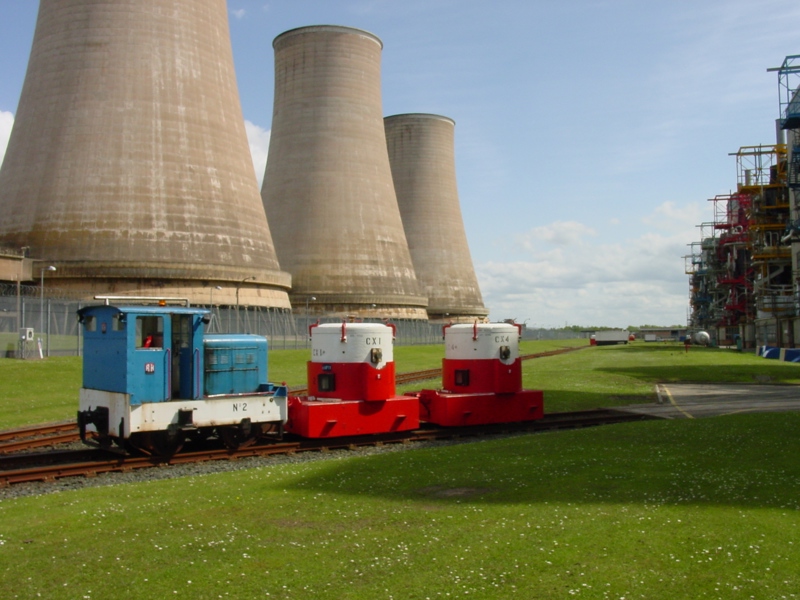
Lincolnshire engineering company Ruston & Hornsby was one of the early pioneers of diesel-powered vehicles for agricultural, military and railway applications.
It was founded in September 1918 as an amalgamation of two long-established Lincolnshire companies - Ruston, Proctor of Lincoln and Grantham’s Richard Hornsby & Sons. Both had played a pioneering role in the development of internal combustion engines for industrial and agricultural use.
Ruston’s had started building diesel engines (then known as ‘oil engines’) in 1897, and by 1900 it was exporting all over the world.
From 1933, the R&H product range expanded to include more powerful railway locomotives and a range of gauges, but small shunting ‘tractors’ designed for industrial use remained at the core of its output.
Often these were used at locations such as private factory sidings where only one or two wagons were moved at a time, or where the siding was served infrequently and larger, more expensive locomotives could not be justified.
Eventually, locomotives from 10hp to 410hp were produced, on gauges ranging from 2ft to 5ft 6in. By the time R&H ceased production in 1969, more than 6,500 machines had been built, with customers including ICI, British Railways, the National Coal Board, Ministry of Defence, Ford Motor Company, and numerous collieries, quarries, power stations, steelworks and factories.
Of that total, 237 were built to the company’s smallest standard gauge design (the 44/48hp type, later known as 48DS) between 1932 and 1967.
Weighing in at just 7.5 tons and 11ft long, it was effectively the smallest standard gauge diesel on the UK market. But the remarkable longevity of the design hints at its popularity and versatility, while its simplicity made it a success with those who had to drive and maintain it.
In July 1958, two very special ‘48DS’ locomotives (Nos. 411320/321) were completed for Strachan & Henshaw Ltd on behalf of the UK Atomic Energy Authority (UKAEA).
They were numbered 1 and 2, and built to a unique 5ft 4in gauge to move bespoke ‘coffin’ waste containers and flasks loaded with spent nuclear fuel from the reactor plant at Chapelcross near Annan, in south-west Scotland.
In many ways it was a typical deployment for the type, shuttling wagons over short distances on an isolated industrial railway - simple, repetitive, but essential to the safe operation of the Chapelcross facility.
Like its better-known sister plant, Calder Hall in Cumbria (part of the Sellafield complex), Chapelcross was built to produce weapons grade plutonium for the UK’s nuclear weapons programme. But it also supplied power to the National Grid - the world’s first commercial application of nuclear power for electricity generation.
The facility was decommissioned in 2004, but the two Ruston locomotives remained on site to assist with the removal of radioactive material, although that work has now ceased.
Site operator Magnox Ltd tells RAIL: “Jim and Peter have not been used for several years and there is currently no plan for further utilisation, nor for final disposal.
“There is a possibility, as the locomotives were used for transportation of spent fuel and other reactor components, that they have some surface radiological contamination. They will be subject to assessment and remediation before their final disposition is determined.”
Fitted with central ‘knuckle’-type couplers rather than conventional couplings and buffers, No. 1 Jim is painted green and No. 2 Peter is blue/grey.
They are likely to have been the last 48DS in active service, but tight security means that they were also among the most secretive locomotives in the country.
Although all nuclear fuel has now been removed from the site and most of the buildings have been demolished, clearance work is not expected to be completed until the 2090s!
For a full version of this article with more images, Subscribe today and never miss an issue of RAIL. With a Print + Digital subscription, you’ll get each issue delivered to your door for FREE (UK only). Plus, enjoy an exclusive monthly e-newsletter from the Editor, rewards, discounts and prizes, AND full access to the latest and previous issues via the app.
Login to continue reading
Or register with RAIL to keep up-to-date with the latest news, insight and opinion.


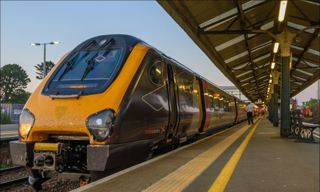
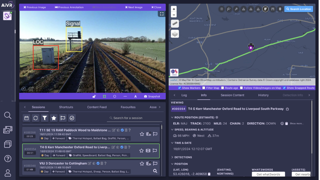
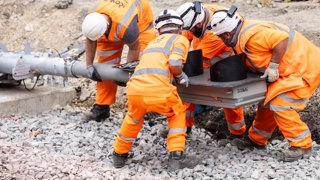
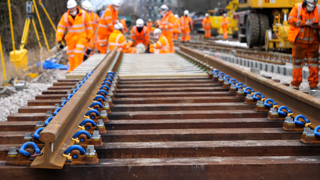











Login to comment
Comments
No comments have been made yet.